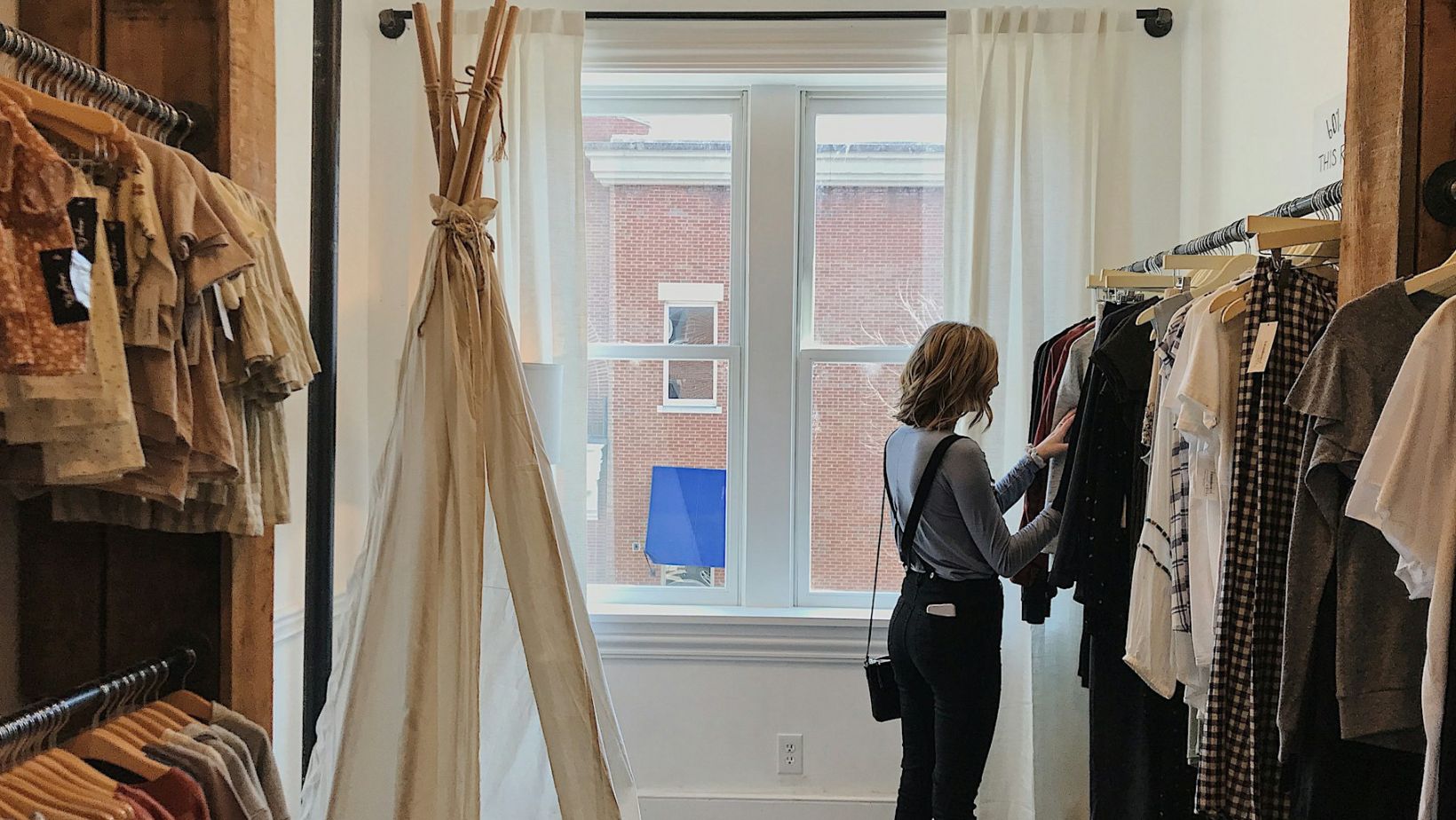How to Be More Environmentally Mindful When Updating Your Wardrobe

Fast fashion is everywhere. It’s convenient, affordable, and trendy. But it comes at a high cost to our planet. The fashion industry is one of the largest polluters in the world. Factories release toxic chemicals into water sources. Massive amounts of waste are generated from discarded clothing. On top of all this, garment workers often face poor working conditions.
Understanding the impact of fast fashion is the first step towards making better choices. By being informed, you can contribute to reducing this industry’s negative effects and help promote more sustainable practices. Here’s how you can be more environmentally mindful while staying stylish.
Trends in Sustainable Fashion
Sustainable fashion is more than just a trend; it’s a movement. More consumers are demanding eco-friendly materials and ethical production practices. Brands are responding by offering collections made from organic cotton, recycled materials, and other sustainable fabrics.
This shift is crucial. It encourages the fashion industry to adopt more responsible practices, reducing their environmental footprint. When you choose sustainable fashion, you’re supporting a positive change that benefits everyone.
How to Update Your Wardrobe Sustainably
Upcycling and Repurposing Old Clothes
Think twice before throwing away old clothes. Upcycling is a great way to breathe new life into unworn pieces. With a little creativity, you can transform an old shirt into a trendy tote bag or turn jeans into stylish shorts.
Repurposing old clothes not only saves money but also reduces waste. It’s a win-win situation for both your wallet and the environment.
Supporting Ethical and Sustainable Fashion Brands
When shopping for new clothes, opt for brands committed to sustainability. Look for labels that use eco-friendly materials and ethical labor practices. Brands like Patagonia, Everlane, and Reformation are known for their dedication to sustainability.

Supporting these brands sends a message that there is a demand for sustainable and ethical fashion. It encourages more companies to follow suit.
Embracing a Minimalist Wardrobe
A minimalist wardrobe strips away excess and focuses on quality over quantity. By curating a smaller selection of versatile, timeless pieces, you simplify your choices and reduce the urge to buy fast fashion. Choose neutral colors and classic styles that mix and match easily, ensuring that you always have outfits that work for any occasion. This approach not only declutters your space but also saves time and money, allowing you to invest in key pieces that will last.
Adopting a minimalist mindset encourages mindful consumption. Before making a purchase, ask yourself if the item truly meets a need or if it adds value to your wardrobe. This habit fosters a deeper appreciation for your clothing and reduces impulse buys that contribute to waste. A minimalist wardrobe aligns with eco-friendly practices, allowing you to dress stylishly while prioritizing sustainability—an essential balance for a better planet.
Shopping Second-Hand or Participating in Clothing Swaps
Shopping second-hand is a sustainable choice that benefits both your wardrobe and the planet. Thrift stores and online marketplaces offer unique items at lower prices. Aside from clothing, vintage pre-loved basket bags are excellent second-hand items, as they not only add character to your outfits but also reduce demand for new production. By choosing second-hand, you give clothing and accessories a new life while diverting waste from landfills.
Clothing swaps are another effective way to refresh your wardrobe without consuming more resources. Gather friends or community members to exchange pieces that no longer serve them. This encourages creativity as you discover new styles and reclaim unused garments. By participating in these exchanges, you cultivate a culture of sustainability and shared resources, ultimately leading to a more mindful approach to fashion.
The Importance of Quality Over Quantity
High-quality clothing lasts longer and looks better. Investing in well-made items reduces the need to constantly replace worn-out garments. This practice helps cut down on waste and supports the notion of mindful consumption.
Quality pieces may be more expensive upfront, but they save you money in the long run. They also tend to be more comfortable and stylish, making them worthwhile investments.
How to Maintain and Care for Your Clothes
Proper care extends the lifespan of your clothes. Follow washing instructions carefully. Use cold water to prevent fading and shrinking. Air dry whenever possible, as dryers can be harsh on fabrics.
Storing your clothes properly is also key. Use hangers for items that wrinkle easily and fold knits to maintain their shape. Taking these steps not only preserves your clothes but also reduces the environmental impact of frequent replacements.

Sustainable fashion isn’t just a personal choice; it’s a movement. By adopting eco-friendly wardrobe practices, you’re contributing to a larger effort to protect our planet.
Ready to make a change? Start by evaluating your current wardrobe and see what small changes you can make. Support ethical brands, try upcycling, and consider a minimalist approach.
What's Your Reaction?
Deepak is a lover of nature and all things sporty. He loves to spend time outdoors, surrounded by the beauty of the natural world. Whether he's hiking, biking, or camping, Deepak enjoys being active and in touch with nature. He also loves to compete and push himself to his limits. Deepak is an avid cyclist, runner, and swimmer. He has competed in several triathlons and marathons, and is always looking for new challenges to take on.



